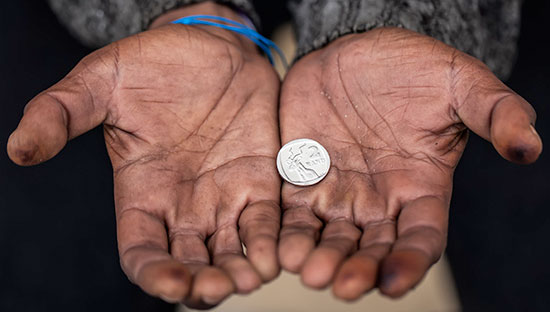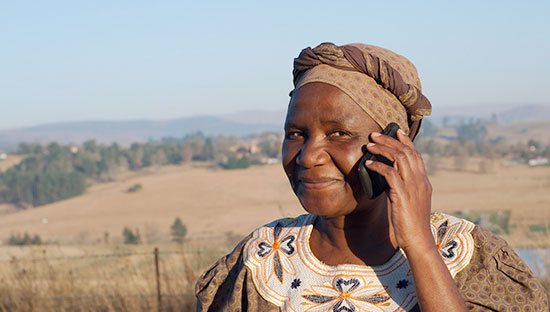We hear that “data is the new oil” and that new datasets of “open data” can transform the way organizations work. However, knowing what data is available, how it was collected, and then how it can be applied is absolutely critical to creating anything of value. In the foster care sector, many large databases exist for public use about foster care children and their cases that could potentially help charities do their work better, but without partnerships with data experts who can interpret the data and subject matter experts who understand the inner workings of the data, many non-profits may just leave them sitting on the shelf or worse, applying them to do more harm than good.
Think of Us (TOU) faced this challenge when they teamed up with DataKind and the Microsoft Cities Team to determine if and how data could improve their work supporting foster youth. TOU has built a technology platform to serve the needs of foster youth between 14-26 years of age to help them transition into adulthood, giving them an easy way to build a personal advisory board that supports them from early adolescence to emerging adulthood. Youth have access to important documents, allowing them to set goals and tasks. It’s important to note that not all children are the same, so TOU’s application needs to be able to tell what types of personalized attention each child needs to serve them most effectively.
In order to create profiles of youths, the TOU and DataKind turned to large national databases of information about children in foster care, namely the National Youth in Transition Database (NYTD), a database of demographic information about foster children going back nearly a decade, and the Adoption and Foster Care Analysis and Reporting System (AFCARS), a database of case-level information from state. The team originally hoped that they would be able to model common “categories” of foster children from this data, but in fact ended up learning something far more structurally important. Through the process of using NYTD to understand the needs of foster children, they found that the database itself, oft used as a key source of information in the foster care community, was riddled with quirks and inconsistencies. For example, data was often missing about children. This meant that it was difficult to draw one clear, complete story about each individual. Their experience through the system, often fractured and disjointed in real life, was reflected in the data.

All in all, the DataKind team ran analyses that allowed them to answer what data could be used by TOU moving forward. They identified 22 states where the data likely was good enough for TOU’s needs, giving them a promising path forward for applying this dataset. They also identified which types of customer segmentation could be possible from this data and which could not, for TOU to use in customizing their algorithms. “What I think this project demonstrates is something few people want to talk about”, said Jake Porway, of DataKind. “The databases that we often use to understand the world at a high level, like NYTD and AFCARS, might be insufficient for certain statistical or data science work. The upside, however, is that it’s only through projects like this, where data scientists and machine learning experts are thoughtfully trying to use that data, that we have a real chance to understand how to improve it.”
With their recently launched application, TOU will start collecting data about youths, their history, their needs, and their goals. Though it won’t come with custom recommendations built in from NYTD and AFCARS data, youth will be directly providing their needs and goals for successfully transitioning to caseworkers and youth supporters. The digital information from TOU’s platform may be the best representation of the true foster youth experience and may be exactly the data resource that the foster care system needs. As these results are incorporated into Think of Us’s work, stay tuned for more reports on how these findings play out. We’ll watch eagerly to see how their data journey unfolds.



